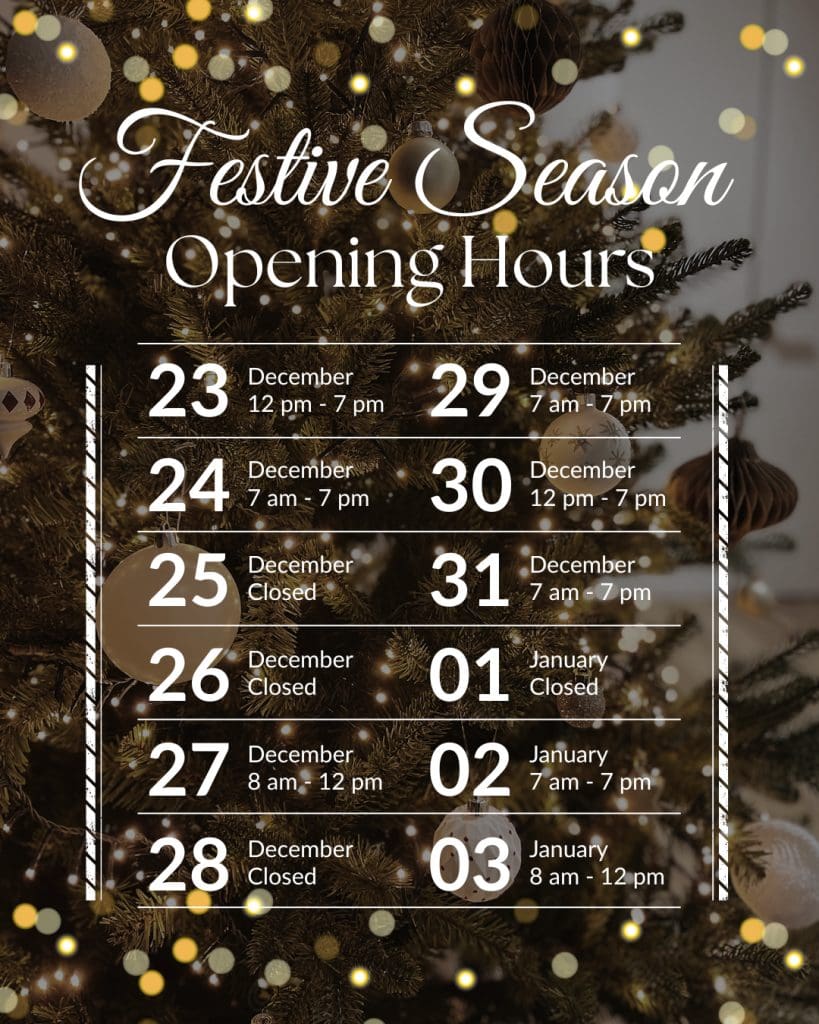In Australia, we play a wide variety of sports that involved mutli-directional changes typically at high speed. With these types of sport like football / AFL, soccer and netball, injuries occur and one in particular is a knee ligament.
What is it?
The anterior cruciate ligament or ACL is one of four stabilizing ligaments at the knee. It stabilises the knee via attaching to the femur (thigh bone) and runs diagonally across to the tibia (shin bone).
- Primary role: limits the translation of the tibia forward from the femur.
- Secondary role: provides a rotational stability of the tibia internally and at a valgus / inwards movement.
Mechanism of injury:
ACL injuries typically occur during sudden changes in direction, pivoting, or landing from a jump. This causes excessive stress on the knee which produces a valgus / inwards force on the knee in a slight flexed position.
Other positions where the ACL is injured during a contact from another playing causing the knee to bulk inwards or when landing and causes the knee to hyperextend.
Types of injuries:
- range from mild sprains to partial tears
- complete tears or ruptures
- can involve other ligaments or structures within the knee also i.e. meniscus or MCL

Rehabilitation:
There are two options to rehab these types of injuries. There is the surgical route where in consultation with your physiotherapist and surgeon surgically stabilizing the knee will provide better outcomes determined by your goals following the injury – returning back to pivot sports / multi-direction movements. This is usually coupled with a typically a 12 month rehab program working back to sports specific movements.
Or the non-surgical approach where an extend period of strengthening and condition is adopted to return the strength to the knee. Typically, this pathway athletes want to return to normal function but doesn’t require the change of direction one might if playing a sport. These types of athletes can still perform most activities that involve straight lines movements.
Prevention:
Latest research shows that there are ways to reduce the incident of ACL injuries. In matter of fact a recent paper showed a 50% decrease in injury rate (webster & Hewett 2018). There is multiple different types of preventative exercise programs that are tailored to each sport:
- AFL – prep to play
- Netball – Netball KNEE program
- Soccer – FIFA 11+ program
This all being said, a targeted rehab plan tailored by your physiotherapist will assist in this process ultimately returning the individual back to their needs and goals.
Author

Billy Sukroo
Physiotherapist & Pilates Instructor
Billy graduated from Curtin University with a Bachelor of Science (Physiotherapy) and values collaborative goal setting to make lasting changes in people’s lives.
Billy has a strong passion for promoting recovery from a wide range of musculoskeletal conditions, in particular sporting injuries and low back pain. He integrates an evidence-based active approach alongside manual therapy. He’s also achieved success with treatment of shoulder and neck pathologies, in addition to post-operative rehab focusing on individualised programs and return to normal function.
Billy has developed experience in a wide variety of differing sporting injury diagnoses, there associated management and future prevention strategies through sport trainer roles at multiple Perth Football League teams.
Billy’s spare time consists of integrating personal fitness with weights, enjoying the beach with friends or playing a round of golf.

